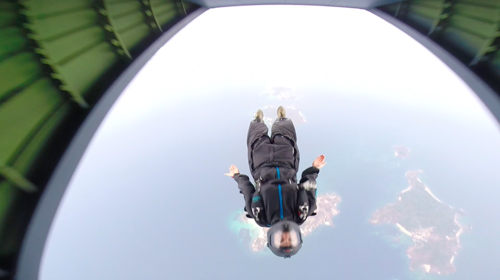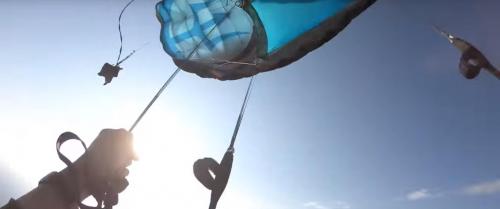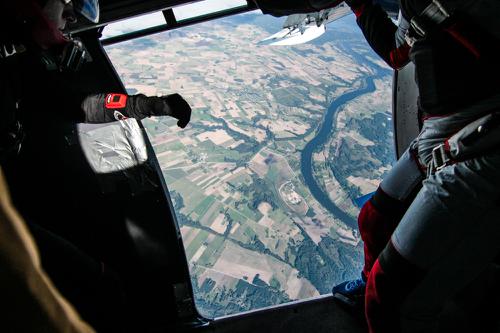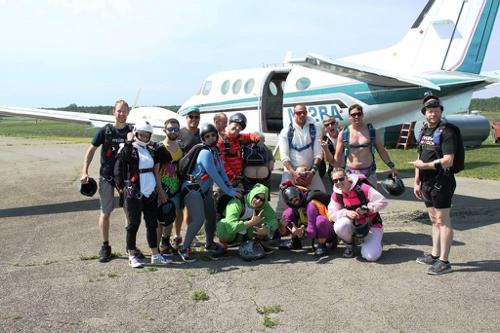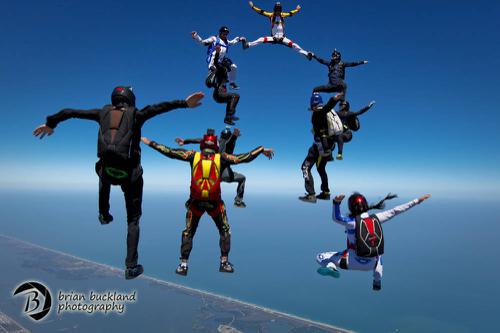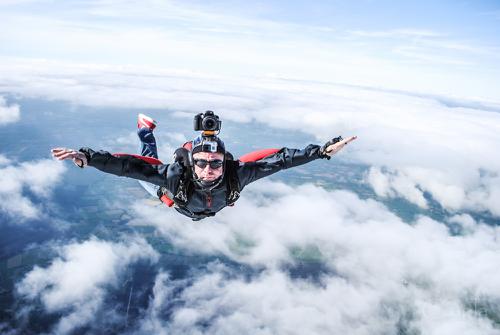6 Strategies for Handling Negative Reviews
Image by Vincent ReederDo you remember what it was like to go on a first date? Imagine inviting someone out that you felt was completely out of your league...beautiful, intelligent, witty - the whole package. I feel nervous just thinking about it. Naturally you'd want to leave a great impression. You hope that at the end of the night your date would say that it was the best date she'd ever been on. To reach this outcome, attention to detail is necessary. I'd wash my car, research restaurants to ensure the atmosphere was romantic, the food outstanding and the service excellent.
Now visualize picking your date up. Think about how you feel physically: sweaty, nervous and a marathon-pumping heart rate. After you've practiced saying "Hello, you look beautiful tonight," (several times) you get out of the car, walk confidently up the driveway without revealing your internal emotions. Once she greets you at the door, your awareness levels are in hyperdrive - you notice everything in milliseconds - the way she looks from head to toe, how she smells… your subconscious notices what's behind her as she stands in the doorway. Is her place messy or neat? You take everything in.
The emotions felt on a first date are how our students feel when arriving at the drop zone for the first time - out of their comfort zones, excited and nervous. Our students notice EVERYTHING from the moment they drive in to the parking lot until they've landed from their jump. As drop zone operators, we must remember that we are hosting the ultimate date - the opportunity to give someone a lifetime memory. Every detail on our date should be carefully examined - each customer point of interaction be brought to a five star standard. Our goal is to have our guests say that their experience was one of the best days of their lives.
Bob Marley once sang, "You can't please all the people all the time…" No matter how hard we strive to exceed customer expectations, we will never be perfect.
Smartphones have empowered consumers to become critics that effect how other consumers decide where to spend their money - with your business or with your competitor. When negative comments are posted about your business, how you react (or not react) can greatly effect the outcome. In this week's newsletter, we examine tips for handling negative feedback.
6 Strategies For Handling Negative Reviews
Tip 1: Don't Knee Jerk
The natural response when reading criticism is to immediately become defensive and type out a quick response. DON'T DO THAT. Sit with the criticism for a while and let the initial shock that you've been publicly called out, settle. The walls aren't caving in and some of the criticism may have merit. Try to be objective and own your part in the criticism. The biggest mistake is not making necessary changes to ensure a similar review doesn't pop up in the future.
Tip 2 - Join The Conversation
After you've calmed down, it's better to join the conversation than ignore it. Negativity breeds negativity and joining the conversation is better than allowing one person's views to rumble into an avalanche of criticism that becomes unmanageable and viral. It's best to be non-confrontational, non-defensive and act as a caring human being. Be calm in your response and say sorry if you need to. Introducing yourself and showing that you're a real person puts a face to a business as opposed to a corporate entity with a PR spin. Pick and choose your battles as well. If someone is a tyrant and is abusive... the general audience will be able to discern that.
Tip 3 - You Don't Have to be Right
Realize that you don't have to be right. People who spend a lot of time online are used to companies trying to spin everything into a positive. If you're wrong, it's okay to say you're wrong. No one is perfect and it can be refreshing to see some honesty. Acknowledge and see if it's possible to find resolution by contacting the individual directly. If you can convert a critic into a fan of your business, the word of mouth spread is far greater. Criticism and how a customer's complaints are handled can be very valuable in spreading goodwill about your company.
Tip 4 - Don't Get Caught Off Guard
If you haven't done this yet, stop reading this newsletter and do it now. (I'll wait here while you get this done). Go to Google Alerts and plug in your company name. If anyone mentions your company online, you'll at least be in the know. It's never a good thing to have an online war raging about your company and have no awareness that it's even occurring.
Tip 5 - Never Go Into A Diatribe (This is Queens English for "Don't show your ass.")
Let's suppose the criticism you've received is misguided and wrong. The most common mistake is how people respond by: a). working themselves into a lather and taking a hard stance defending themselves and b). write a long-winded response that only fuels the comment thread (we see it on a daily basis within the forums of dropzone.com). When responding, keep calm and carry on (even if you want to rip someone's head off) and keep it relatively succinct. Rehashing each detail of the customer encounter WILL fuel more commentary from those watching the thread unfold. Keep in mind, you're not responding publicly to an audience of a few - it could be a few hundred. No matter how right you maybe, acting indignantly will only turn many people off.
Tip 6 - Don't Hide- Be Transparent
Many companies delete negative reviews - particularly off of social media feeds. Deleting people's posts can cause rancor for those watching things unfold and they WILL CALL YOU OUT on it. The best course of action is to respond. Of course, there are some people out there ('trolls') who are looking for trouble and are looking to pick a fight.. when things get abusive, it's time to pull them off.
The Realities
Anonymity empowers people to say things they normally wouldn't in the presence of others. Showing you're human, interested in helping to solve a problem and publicly apologizing will usually diffuse most situations.



